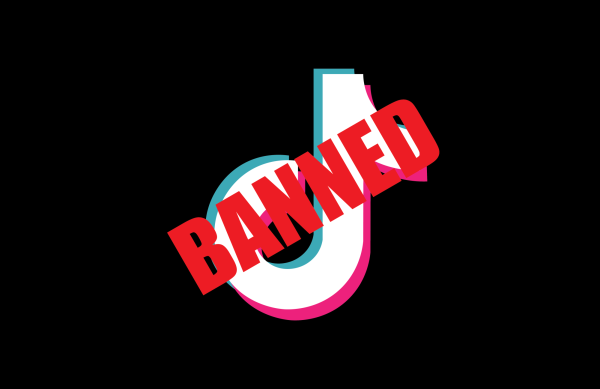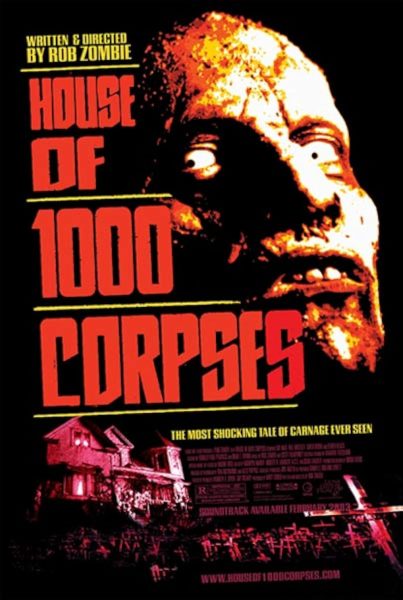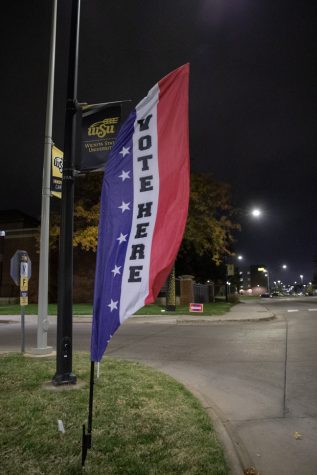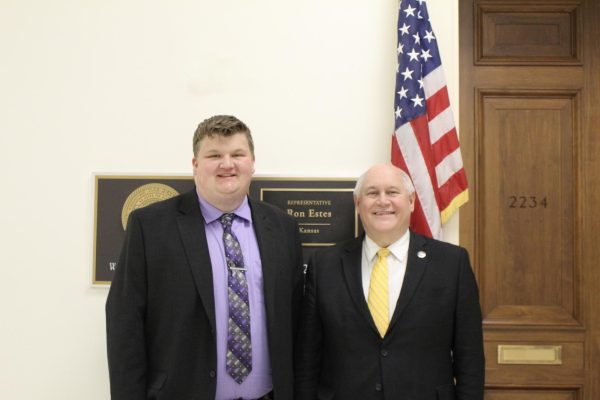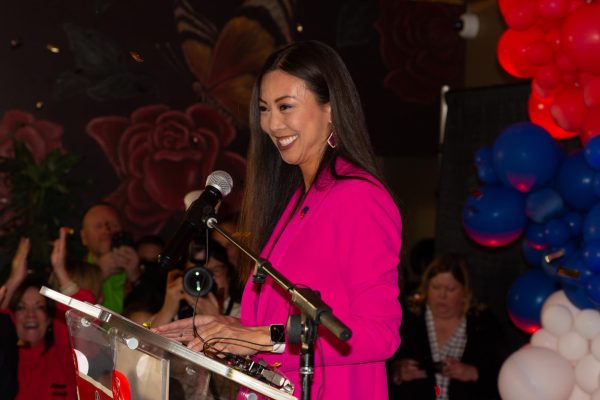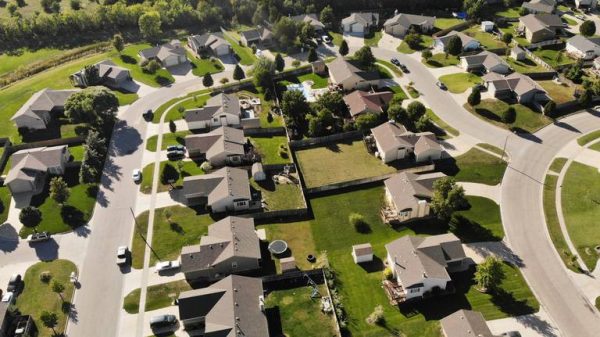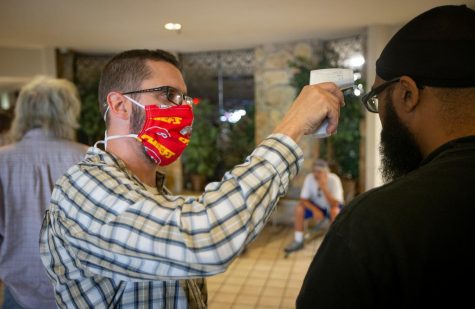Tipping the scales of U.S. Justice: Trump and Clinton on Supreme Court opening
Immigration, voter ID laws and unions — three hot button topics the Supreme Court has failed to rule decisively on in the last year.
The Court’s current deadlock of eight justices split more or less down ideological lines could hardly be less efficient.
Seven months after the death of long-time conservative Justice Antonin Scalia, the Republican-controlled Senate still refuses to meet with Merrick Garland, President Obama’s moderately liberal nominee to fill the high court’s empty seat.
Despite President Obama’s claim that such inaction is unconstitutional, conservatives in Washington maintain it should be the responsibility of Obama’s successor to appoint the next Justice. It is only reasonable then, to examine Hillary Clinton and Donald Trump’s potential nominees for the Court.
In many ways, a Clinton presidency could follow along the lines of a third Obama term. That being said, her election would in no way ensure Garland a seat on the Supreme Court. Clinton has no qualms with Obama’s appointee, but Garland is far from the most liberal of options.
If Democrats pick up enough Senate seats in the November election, Clinton will be under pressure from her party to pick a less moderate justice for the Senate to consider. In such a scenario, Republicans will feel the heat for not agreeing to the more palatable option of Garland.
However, if Republicans maintain a Senate majority under President Clinton, Garland will likely become the Supreme Court’s ninth justice.
Democrats have gone as far as to use the idea of Donald Trump appointing a justice as campaign strategy. At the Democratic National Convention in July, former candidate Bernie Sanders used such a technique while attempting to unite voters against Trump.
“If you don’t believe this election is important, take a moment to think about the Supreme Court Justices that Donald Trump will nominate, and what that means to civil liberties, equal rights and the future of our country,” Sanders said.
For his part, Trump has released the names of the eleven judges on his Supreme Court shortlist. The list’s release ended speculation that the candidate started last year when he proposed the idea of appointing his sister, a Senior U.S. Circuit Judge, to the position.
Trump worked with two organizations, the Heritage Foundation and the Federalist Society, to put forth the names of eleven reliably conservative candidates. This move was likely meant to reassure members of his own party that he could be trusted with the responsibility.
The drama of the 2016 election cycle has taken center stage, and all but overwhelmed many of the key issues. However, it cannot be stressed enough that beyond the theatrics and personal attacks lays the decisions that will shape the United States for the next four to eight years.
The Supreme Court is a powerful entity, defining justice and interpreting the Constitution. Beyond replacing Scalia, there is a real possibility that either Clinton or Trump will continue to shape the Supreme Court.
With three Justices at least 78 years in age, the chances of the next President filling multiple Supreme Court seats seems likely. Four years is a long time.
So much is on the line in November’s election. America’s voters need to understand their vote can have ramifications far past the White House. A scenario where the next President appoints multiple Supreme Court Justices could drastically alter the Court’s makeup and the country’s course for decades to come.
Your vote is your say.

Matthew Kelly is a former editor-in-chief and managing editor for The Sunflower. Kelly graduated in 2020 with a bachelor’s degree in political science...







